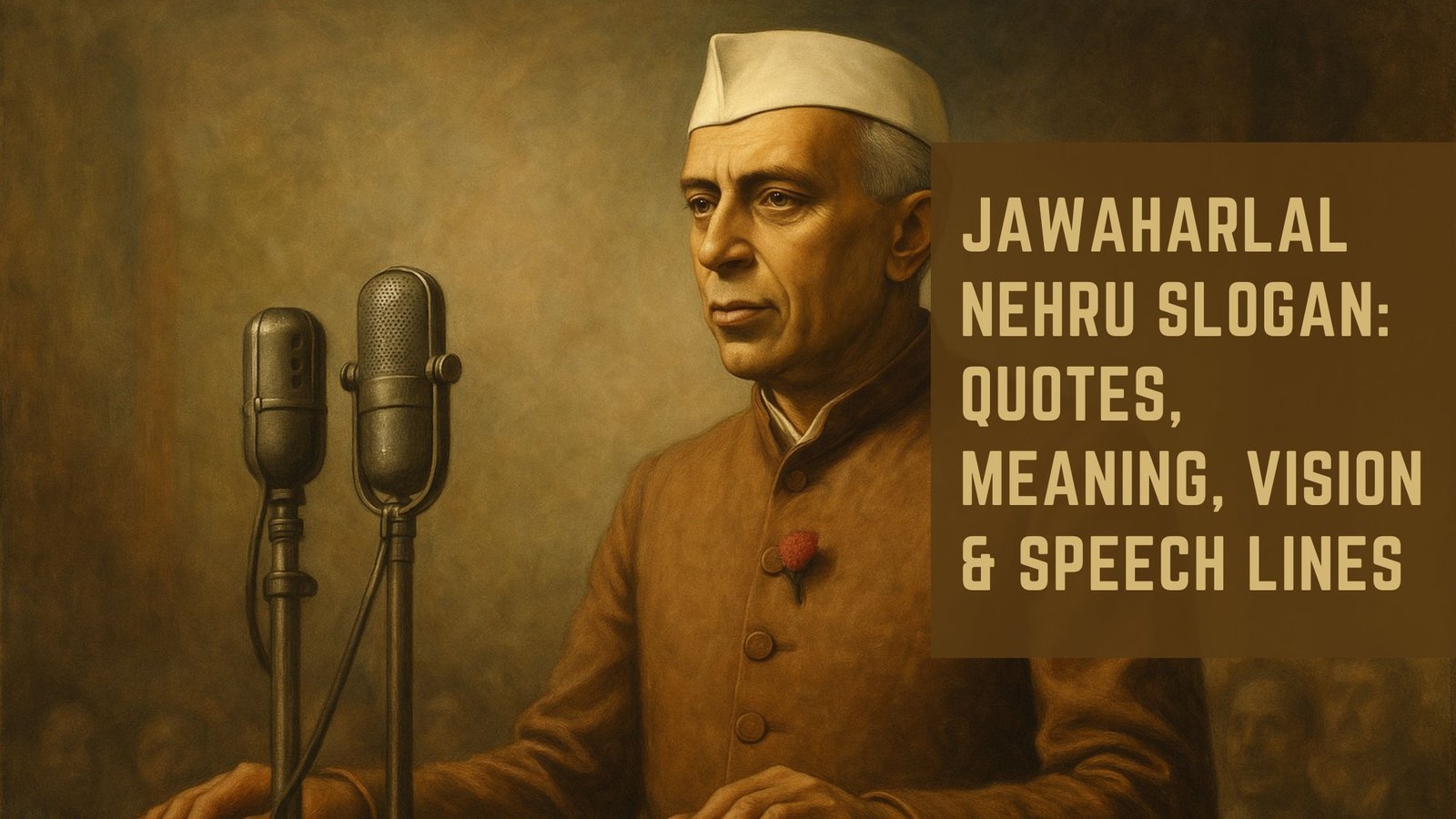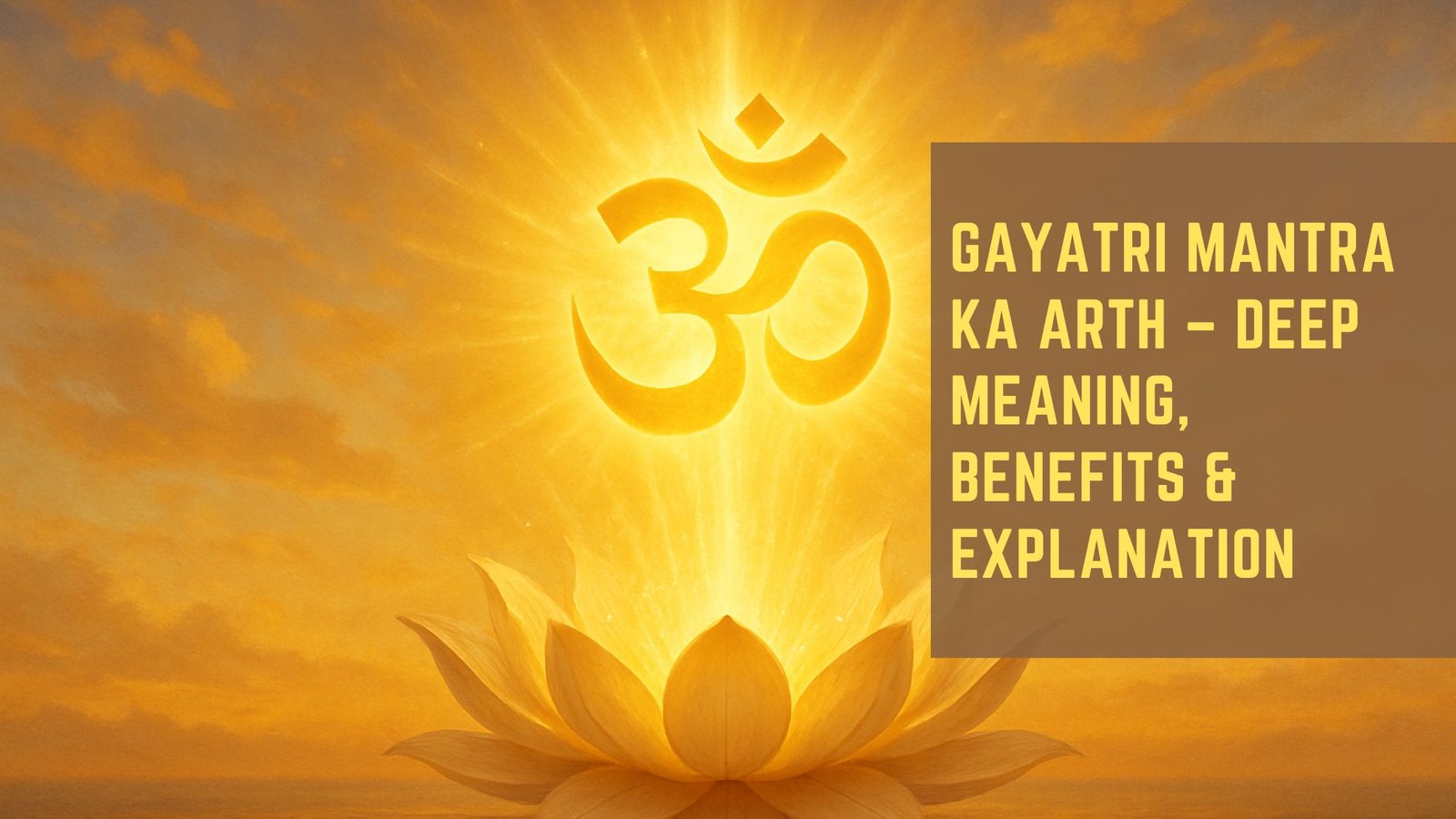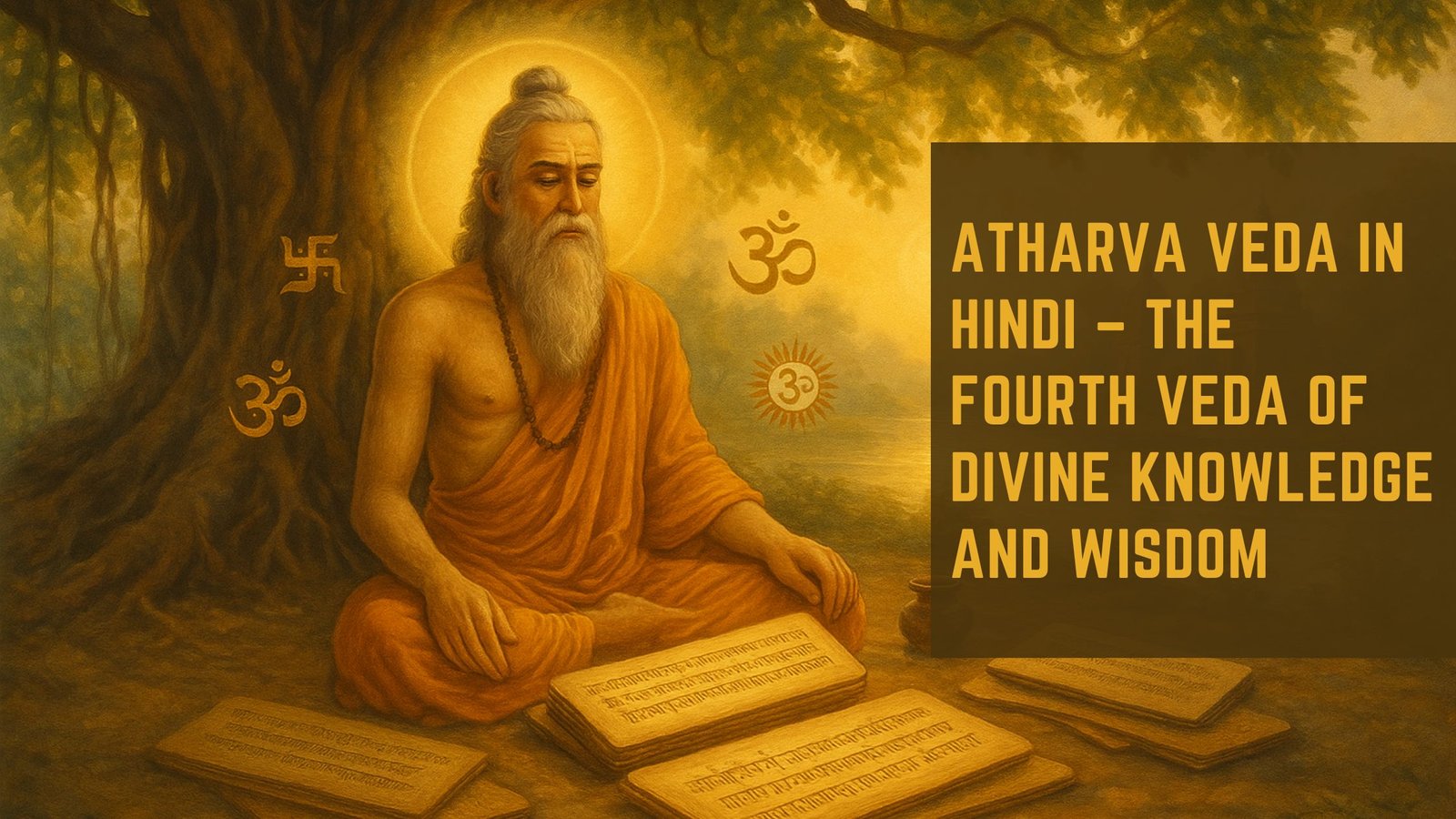The Bhagavad Gita, often referred to simply as the Gita, is a 700-verse Hindu scripture that is part of the Indian epic Mahabharata. It is a dialogue between Prince Arjuna and Lord Krishna, who serves as his charioteer. This sacred text is not merely a religious scripture; it is a philosophical treatise that addresses the moral and ethical dilemmas faced by individuals in their lives.
The Gita has transcended its historical and cultural context, becoming a universal guide for those seeking wisdom and understanding in the face of life’s challenges. The setting of the Gita is a battlefield, where Arjuna is torn between his duty as a warrior and his moral qualms about fighting against his own relatives and teachers. This poignant moment serves as a metaphor for the internal conflicts that every individual faces.
The teachings of Krishna provide profound insights into the nature of existence, duty, and the path to spiritual enlightenment. Through its verses, the Gita explores fundamental questions about life, purpose, and the human condition, making it a timeless source of inspiration for millions around the world.
Key Takeaways
- The Bhagavad Gita is a sacred Hindu scripture that is part of the Indian epic, the Mahabharata, and is a conversation between Prince Arjuna and the god Krishna.
- Dharma is the concept of duty, righteousness, and moral law, and is a central theme in the Bhagavad Gita, emphasizing the importance of fulfilling one’s responsibilities and obligations.
- The Bhagavad Gita teaches the importance of selfless action, emphasizing that one should perform their duties without attachment to the results, and with a focus on serving others.
- The nature of the self is explored in the Bhagavad Gita, teaching that the true self is eternal and beyond the physical body, and that it is unaffected by joy, sorrow, or any other emotions.
- The path of devotion, known as Bhakti yoga, is highlighted in the Bhagavad Gita as a way to achieve spiritual realization through love and devotion to a personal god.
The concept of Dharma
Dharma, a central theme in the Bhagavad Gita, refers to the moral and ethical duties that govern an individual’s life. It encompasses righteousness, law, and duty, guiding individuals in their actions and decisions. In the context of the Gita, Krishna emphasizes the importance of adhering to one’s dharma, particularly in times of crisis.
For Arjuna, this means fulfilling his responsibilities as a warrior, despite his personal reservations. The concept of dharma is not static; it varies according to one’s age, caste, gender, and circumstances, reflecting the complexity of human life. Krishna’s teachings on dharma highlight that it is not merely about following rules but understanding one’s role in the larger tapestry of existence.
Each individual has a unique path to follow, and fulfilling one’s dharma leads to harmony within oneself and with the universe.
This understanding of dharma serves as a guiding principle for navigating life’s moral dilemmas.
The importance of selfless action

Selfless action, or Nishkama Karma, is another pivotal teaching in the Bhagavad Gita. Krishna instructs Arjuna to perform his duties without attachment to the results. This principle emphasizes that one should act for the sake of action itself rather than for personal gain or recognition.
By adopting this mindset, individuals can transcend the dualities of success and failure, joy and sorrow. Selfless action fosters a sense of inner peace and fulfillment, as it liberates individuals from the burdens of expectation and desire. The Gita posits that selfless action is essential for spiritual growth.
When individuals act without selfish motives, they contribute positively to society and cultivate a sense of unity with others. This approach not only benefits the individual but also enhances collective well-being. Krishna’s teachings encourage individuals to focus on their responsibilities while surrendering the outcomes to a higher power.
This act of surrender allows for greater resilience in the face of life’s uncertainties and challenges.
The nature of the self
| Aspect | Definition |
|---|---|
| Self-Concept | The individual’s belief about himself or herself, including the person’s attributes and who and what the self is. |
| Self-Esteem | The individual’s overall subjective emotional evaluation of his or her own worth. |
| Self-Identity | The recognition of one’s potential and qualities as an individual. |
| Self-Image | The mental picture of oneself, including physical appearance and social roles. |
The Bhagavad Gita delves deeply into the nature of the self, distinguishing between the physical body and the eternal soul (Atman). Krishna explains that while the body is temporary and subject to decay, the soul is immortal and unchanging. This understanding is crucial for overcoming fear and attachment to worldly possessions and relationships.
By recognizing their true essence as eternal beings, individuals can cultivate a sense of detachment from material concerns and focus on their spiritual journey. Krishna’s discourse on the self encourages individuals to look beyond superficial identities and societal roles. The realization that one is not merely a body but an eternal soul leads to profound transformations in perspective.
This insight fosters compassion towards others, as it highlights the shared essence of all beings. The Gita teaches that understanding one’s true nature is essential for achieving liberation (Moksha) from the cycle of birth and death (Samsara), ultimately guiding individuals toward spiritual enlightenment.
The path of devotion
Devotion (Bhakti) is another significant aspect of the Bhagavad Gita’s teachings. Krishna emphasizes that surrendering to God with love and faith can lead to liberation from worldly suffering. The path of devotion is characterized by unwavering love for the divine, which transcends rituals and dogmas.
It invites individuals to cultivate a personal relationship with God, fostering a sense of belonging and purpose in their lives. Through devotion, individuals can experience profound transformations in their hearts and minds. The Gita illustrates that sincere devotion can purify one’s thoughts and actions, leading to spiritual awakening.
Krishna assures Arjuna that those who approach Him with love will be guided on their path toward self-realization. This emphasis on devotion highlights that spirituality is not solely an intellectual pursuit but also an emotional journey that nurtures love, compassion, and connection with the divine.
The concept of detachment

Detachment is a recurring theme in the Bhagavad Gita, where Krishna teaches Arjuna about the importance of maintaining equanimity amidst life’s fluctuations. Detachment does not imply indifference or apathy; rather, it signifies an inner freedom from attachment to outcomes and possessions. By practicing detachment, individuals can navigate life’s challenges with grace and resilience, recognizing that external circumstances are often beyond their control.
Krishna’s teachings encourage individuals to cultivate a balanced mindset that allows them to engage fully in life while remaining unaffected by its ups and downs. This approach fosters emotional stability and clarity of thought, enabling individuals to make decisions rooted in wisdom rather than impulsive reactions. Detachment ultimately leads to liberation from suffering, as it frees individuals from the bondage of desire and expectation, allowing them to experience life more fully in its present moment.
The importance of meditation
Meditation is presented in the Bhagavad Gita as a vital practice for achieving self-realization and inner peace. Krishna emphasizes that through meditation, individuals can quiet their minds and connect with their true selves. This practice fosters clarity, focus, and emotional balance, enabling individuals to transcend distractions and cultivate a deeper understanding of their thoughts and emotions.
The Gita teaches that regular meditation can lead to profound insights into one’s nature and purpose in life. It serves as a tool for self-discovery, allowing individuals to explore their inner landscapes and confront their fears and desires. By dedicating time to meditation, individuals can develop a sense of inner stillness that enhances their ability to respond thoughtfully to life’s challenges rather than reacting impulsively.
Ultimately, meditation becomes a pathway to spiritual awakening and liberation.
The ultimate goal of life
The ultimate goal of life, as articulated in the Bhagavad Gita, is self-realization or Moksha—liberation from the cycle of birth and death. Krishna teaches that this state of being transcends worldly achievements and material possessions; it is about realizing one’s true nature as an eternal soul connected to the divine. Achieving Moksha requires individuals to cultivate virtues such as compassion, humility, and wisdom while practicing selfless action and devotion.
The Gita emphasizes that this journey toward self-realization is not merely an individual pursuit but also involves contributing positively to society and uplifting others along the way. By embodying principles such as dharma, selfless action, detachment, and devotion, individuals can align themselves with their higher purpose. Ultimately, the teachings of the Bhagavad Gita serve as a timeless guide for those seeking meaning in their lives while navigating the complexities of existence with grace and wisdom.
If you are looking to deepen your understanding of the teachings of the Bhagavad Gita and how they can enlighten your life, I highly recommend checking out the article









